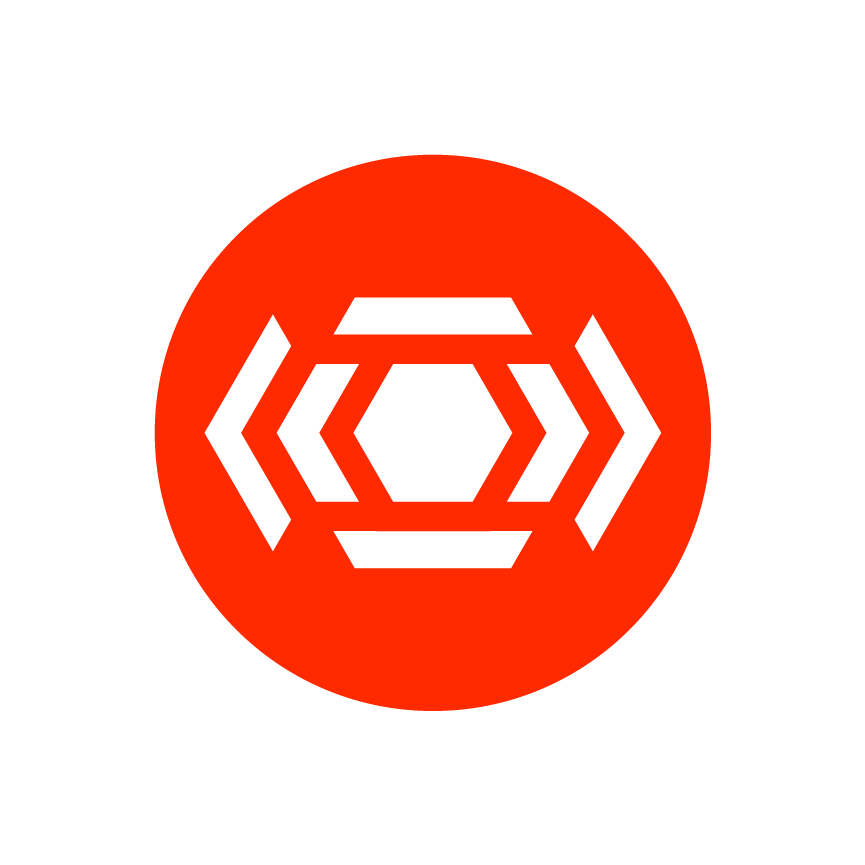Bringing Microchains to Web3 with an Additional $6M in Funding
Building towards our vision with a total of $12M in seed funding
What if you could take a step back and design a layer-1 that scales from the start? Inspired by the FastPay academic paper I worked on at Meta/Novi, the Linera protocol pushes the research further. Linera is the first layer-1 blockchain infrastructure optimized to provide low-latency Web3 applications with unprecedented horizontal scaling.
The core concept of the protocol is to run many lightweight blockchains, called microchains, in parallel in a single set of validators. By introducing microchains, removing mempools, and minimizing validator interactions, Linera brings the infinite scalability of Web2 to Web3. Linera offers a paradigm shift comparable to the evolution of databases from SQL to NoSQL, paving the way for the next generation of Web3 applications.
Raised an additional $6 million in seed funding
Today, I am pleased to announce that we have closed an additional $6 million investment round, for a total of $12 million to date in seed funding. We are excited to bring on board investors with a strong track record who share our vision of building at the frontier of Web3 infrastructure. The round was led by Borderless Capital, with participation from Laser Digital Ventures, DFG, Cadenza, Block1, Eterna Capital, MH Ventures, Matrixport, L2IV, ArkStream, Flow Traders, GSR Markets, and OWC, with continued support from a16z crypto, Tribe Capital, and Cygni Capital, who participated in the initial seed round.
Thanks to the new funding, we will be expanding the Linera team, launching a devnet and a testnet for the protocol, and fostering a strategic presence in the APAC region while continuing to grow our developer programs.
Introducing our SDK
The core of the Linera project is its technology. I am pleased to share that the initial version of the Linera SDK is now available for testing. Developers can now prototype Linera apps and test them locally. Guided by the whitepaper we released last year, this is a key milestone in building towards that vision.
The programming model of Linera does not depend on a specific programming language, so that more languages, such as Solidity, may be supported in the future. Using Rust as a source language to build Wasm applications, Rust programmers can work in their preferred environments, making it as easy as possible for developers to build on Linera.
For our virtual machine, we are impressed by the WebAssembly (Wasm) ecosystem, which is rapidly developing at the intersection of web development, cloud infrastructure, and blockchain.
Find everything you need to get started, including demo apps and a tutorial, in our developer manual at https://linera.dev. To help you get started, live coding workshops are available on our new YouTube Channel. For technical integration questions, reach out to our team on Discord and Telegram.
Alongside the SDK, we launched our first Developer School, a four-week program for developers to learn how to build on Linera’s unique multichain programming paradigm. Our first batch of developers have built test applications in social and DeFi that highlight Linera’s unique capabilities.
Build with us
Linera brings end users (more specifically, their wallets) back at the center of the protocol. Our groundbreaking microchain model grants each individual user their own lightweight chains, streamlining interactions between their wallets, browser extensions, or mobile devices.
The Linera system scales by adding chains, not by increasing the size or the production rate of blocks. The number of microchains present in the Linera system is meant to be unlimited, thereby providing unlimited blockspace as a service.
Linera optimizes performance for Web3 applications used by a large number of active users in parallel, enabling unprecedented horizontal scalability for use cases such as retail payments and gaming micro-rewards, messaging, social data feeds, proprietary trading, and AI training.
We invite you to join us as we build towards this vision. Rust developers are welcome to join us for our next Developer School. The program starts on September 8 and submissions due on October 15. We are also growing our team of core contributors. Check out linera.io/careers for available opportunities.
For the latest updates on the project, follow us on Twitter, join our community on Discord and Telegram, and sign up for our email newsletter.
We are working on improving the SDK and releasing the Linera Devnet. We look forward to meeting you at our next Developer School and hearing your feedback on how our infrastructure can support what you build next.
–Mathieu Baudet, Founder and CEO of Linera




